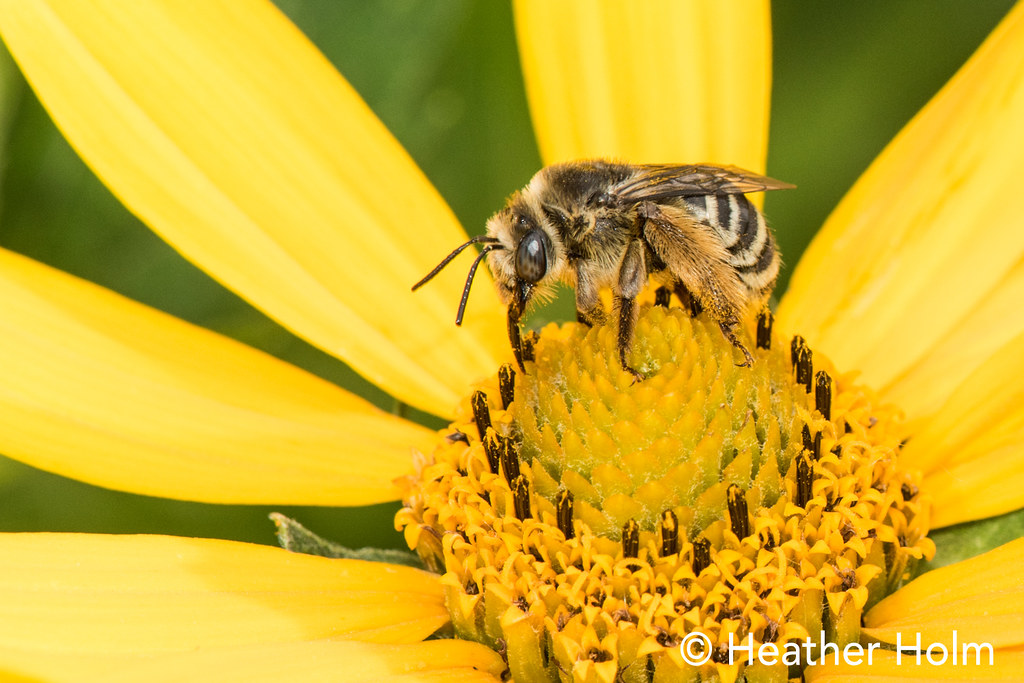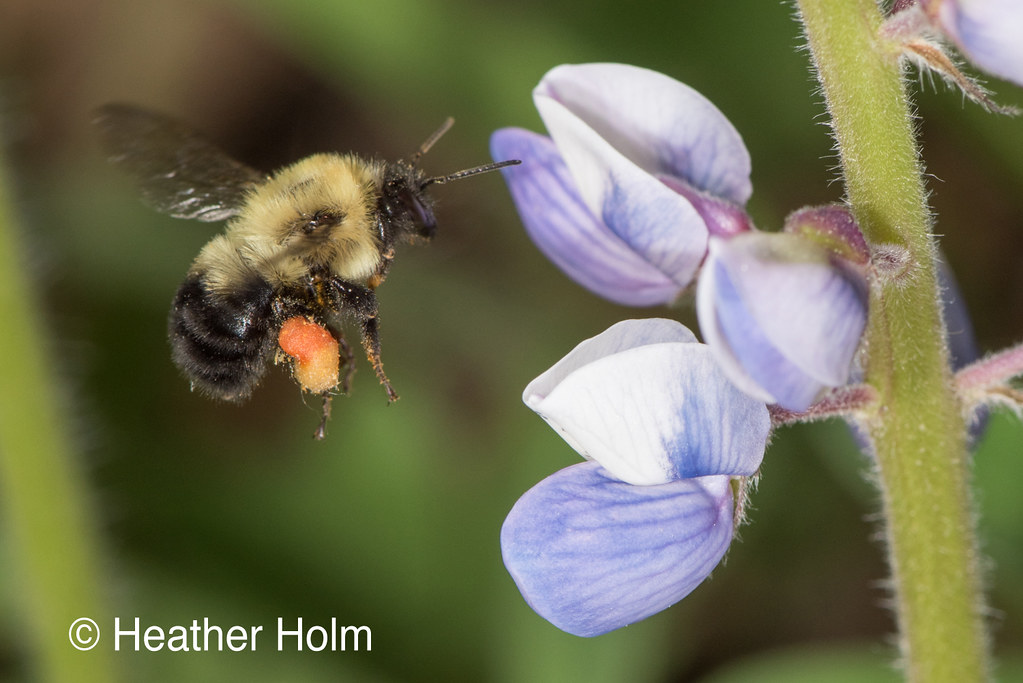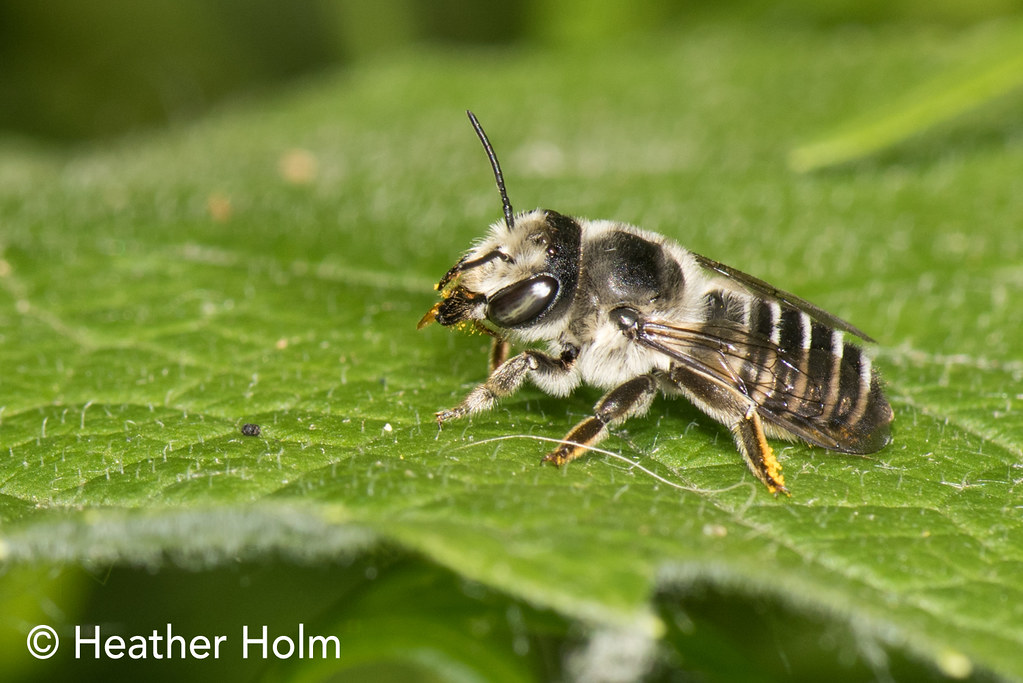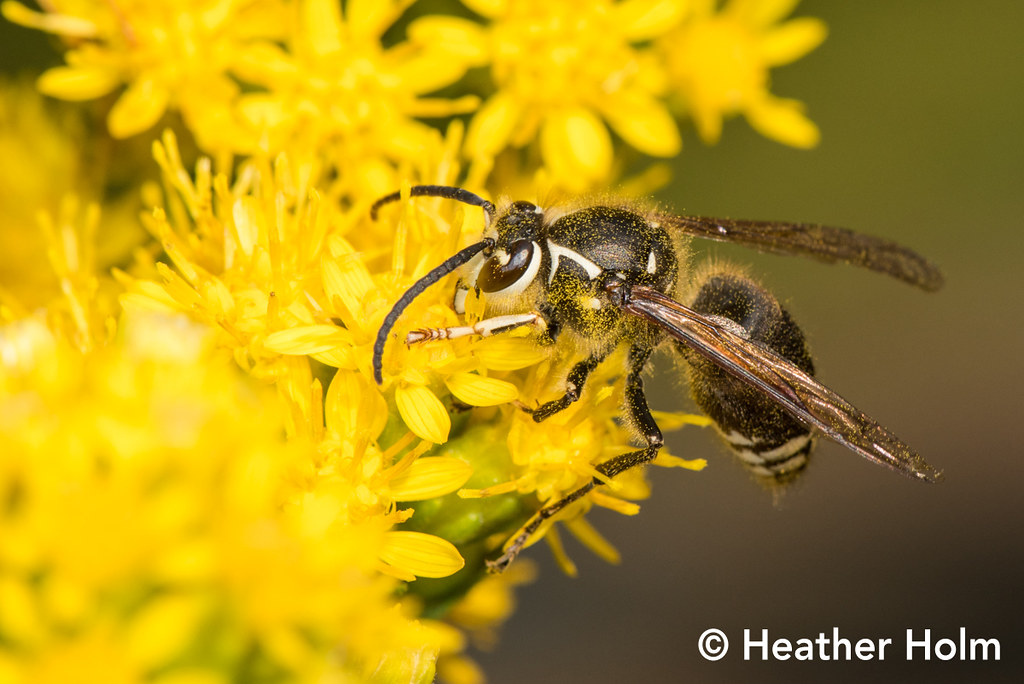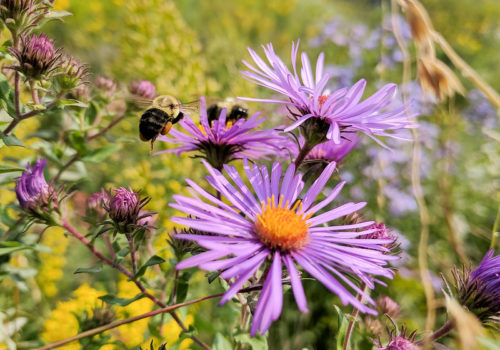News / June 23, 2016
Gardening for Pollinators: Six Questions for Heather Holm

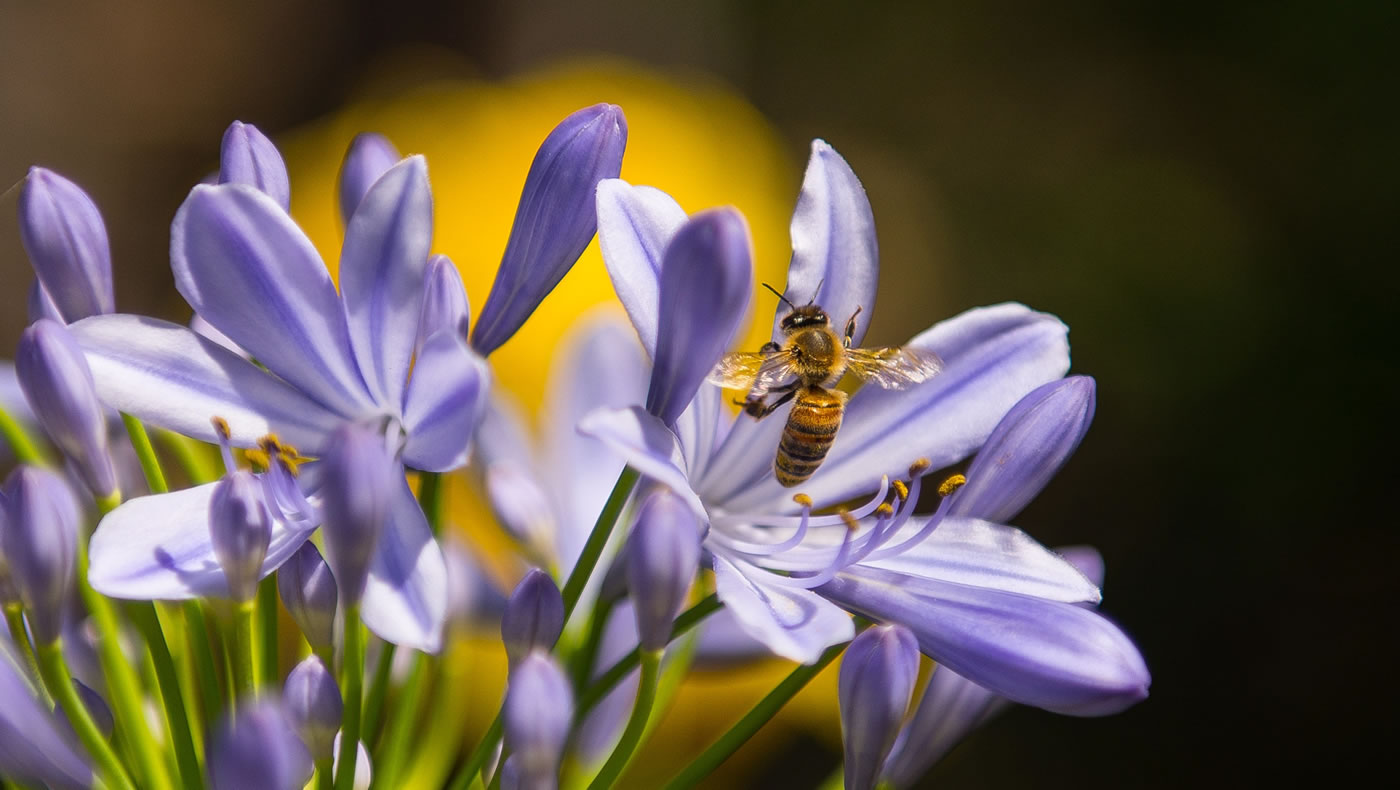
Pollinators are in the news — partly because it’s National Pollinator Week, but more importantly because whole populations of bee and butterfly species are in decline. Our food chain depends on these small but vitally important creatures, which are threatened by pesticide use, habitat loss and other stress factors.
The good news is, we can all help keep pollinators alive with a little creative landscaping at home. Heather Holm is an educator and landscape designer who specializes in pollinator-friendly landscapes. She is the author of Pollinators of Native Plants, a regular contributor to Houzz and a renowned nature photographer.
Holm recently gave a Water Wednesday talk on pollinator-friendly gardening at the MWMO’s Stormwater Park and Learning Center. I caught up with her for a little Q&A on what people can do for pollinators at home.
Why should we care about pollinators?
Heather Holm: Pollinators are a crucial link in the intricate web of life. They not only pollinate many of the fruits and vegetables we consume, but they are also responsible for pollinating approximately 80 percent of flowering plants. They ensure that these flowering plants produce fruit or seed that feed other organisms, directly or indirectly, in the food web.
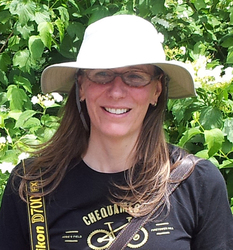
The pollinator that gets the most media attention is the honey bee, a non-native species of North America. Beekeepers, both commercial and hobby, have been experiencing high losses in their hives where thousands of bees die en masse, or even the entire colony. Several factors are causing this, including pesticides, pathogens and diseases. It is much more difficult to monitor native bee declines, but they are also impacted by pesticide use, climate change, and in particular, loss of habitat.
We should be concerned about the well-being of all pollinators, but native bees are at higher risk of extinction than honey bees. Our bumble bee species have declined 96 percent in the last 20 years. One bumble bee species in North America is believed to be already extinct, and 50 percent of Midwestern native bee species have disappeared from their historic ranges in the last 100 years.
What are some easy ways to create pollinator habitat at home?
Heather Holm: The first thing is to have a garden that provides a diversity of flowering plants with different flower colors and flower forms. This can be achieved with insect-pollinated trees and shrubs, and flowering perennials. It’s important to have something flowering throughout the growing season because pollinators are emerging at various times during the year.
Flowers with a complex shape and hard-to-reach nectar will only serve pollinators with a tongue length long enough to reach the flower’s nectar. Other plants are nectarless, including our native wild roses, so visiting insects will only be interested in collecting or feeding on the pollen offered. We have a number of specialist native bee species that only collect pollen from a narrow range of plants — as narrow as one plant genus, or more broadly, plants from one plant family. Many bees specialize on the fall-blooming native goldenrods and asters.
What are some common misconceptions about pollinators?
Heather Holm: One of the common misconceptions about bees in particular is that they all sting and we need to be afraid of them. We need to change our focus and get out in our gardens and take enjoyment from observing them visiting our flowering plants. It’s important to remember that stings typically occur near the nests and rarely, if ever, when these insects are visiting flowers. Bees and other pollinators are not interested in stinging humans while visiting the “flower buffet.”
Many wasps supplement their insect diet with nectar from flowers. It’s not uncommon to see both social and solitary wasp species visiting flowers in mid-summer. The social wasps that live in paper nests either above, or below ground, are the ones humans get stung by. Solitary wasps, which make up the vast majority of wasp species, are not aggressive and will not sting an intruder that gets close to their nests.
What behaviors should we avoid that are potentially harmful to pollinators?
Heather Holm: Avoid any use of pesticides in your garden, especially systemic and contact insecticides. Most of our pollinators are insects, and insecticides are designed to kill insects. By having a diverse garden that attracts both pollinators and beneficial insects, one can reach a balance where the beneficial insects are providing pest control of problem insect populations. Most of the damage to ornamental plants caused by insects is cosmetic and there are very few (if any, in a home garden) scenarios where insecticides need to be used.
Why are native plants important to pollinators?
Heather Holm: The vast majority of our pollinators are native to North America and have coevolved with native plants. This relationship has been cultivated for thousands of years, and many insects have developed specialized relationships with native plants. A study in California found that native plants are four times more attractive to native pollinators than non-native plants.
Without native pollinators, the other wildlife that we enjoy observing in our landscapes or while hiking (such as birds) would be dramatically impacted. Most terrestrial birds rely on insects (typically butterfly and moth caterpillars) as a food source to feed their young. Native plants are the larval host plants for these caterpillars and without diverse, native landscapes, birds would not have enough food to provide for their offspring.
Are there other benefits to landscaping with native plants?
Heather Holm: Our Minnesota native plants play an important role by providing the foundation of food for different organisms. When sited appropriately in similar conditions where the plants thrive in the wild and used in diverse combinations, native plants become green infrastructure helping to improve water infiltration into the ground.
Our prairie plants in particular have adapted to have extensive, deep root systems to tolerate the droughty soils and conditions in our prairies. When the roots of these plants naturally die and decompose, it leaves many small channels in the soil where water can infiltrate. If we can reduce the amount of water runoff from our properties, especially in urban and suburban landscapes, it helps keep sediment, pollutants, and large quantities of water flowing into our stormwater infrastructure and eventually into our lakes and rivers.
